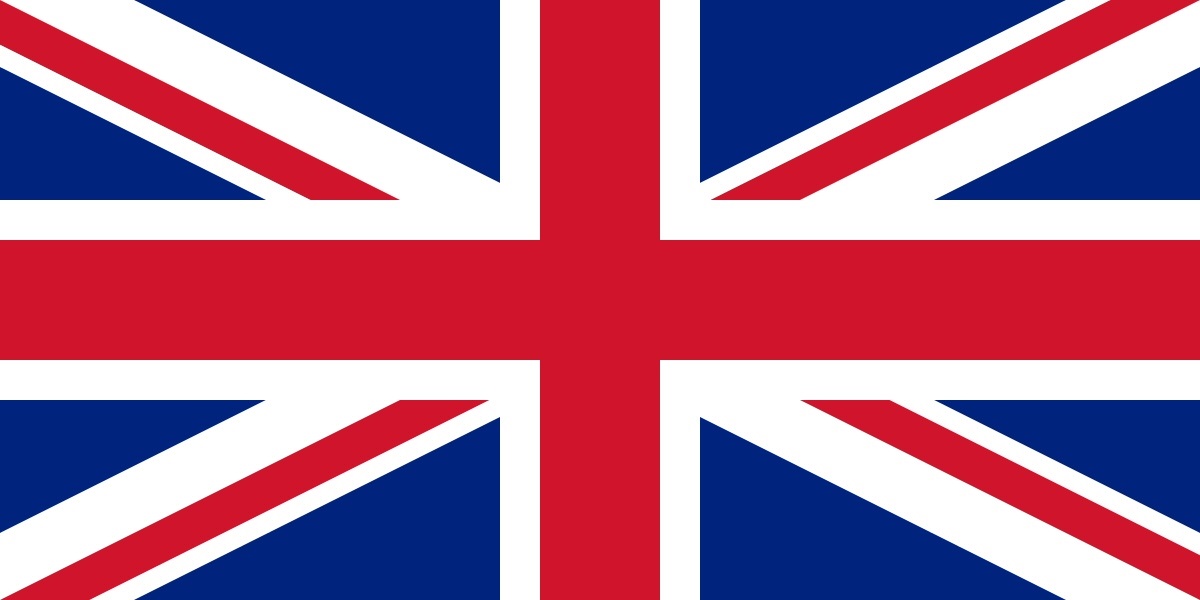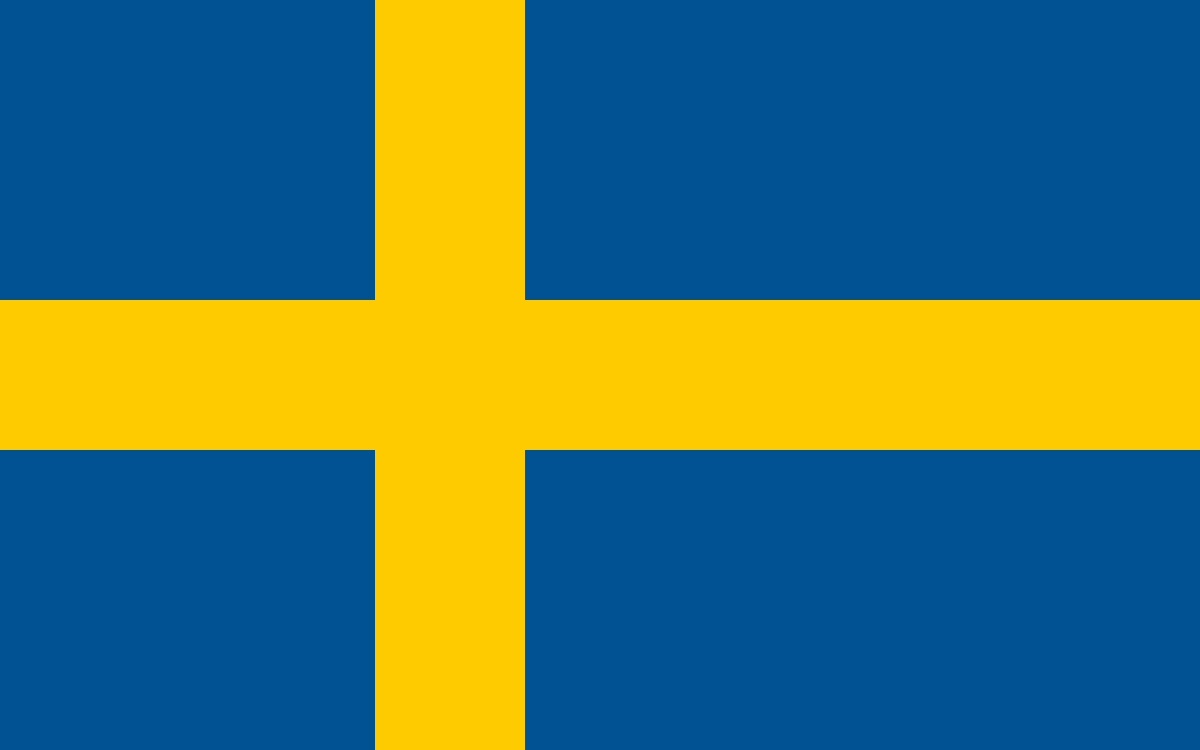1. The Low Voltage Directive 2014/35/EU – A guide for manufacturers and importers that sell and market electrical products on the EU market
This article is meant to be a summary of the Low Voltage Directive and the requirements that must be met before CE marking certain electric products. Reading this article should give you a good grasp of the general procedure that is required for many electrical products within the EEA. It is not meant to be a complete guide, but should be a good starting point and reference for anyone in the early stages of product compliance. We hope that it can answer such questions as:
- Do I need to CE mark my product?
- Does the Low Voltage Directive apply to my products?
- What is required of me before I can CE mark my product?
- What are my responsibilities as a manufacturer, importer or private labeller?
2. What is the Low Voltage Directive?
Directive 2014/35/EU, most commonly referred to as the Low Voltage Directive (LVD), is one of the key directives that apply to many electrical products on the EEA market. The LVD ensures a high level of protection for health and safety of persons, animals and property in regards to electrical hazards.
By key directives, we mean those directives that create the baseline requirements for most consumer electronics. The other two key directives are:
The Electromagnetic Compatibility Directive (2014/30/EU)
The EMCD applies to most electrical and electronic equipment. It requires products to be sufficiently immune to electromagnetic disturbance, and that products emit sufficiently low levels of electromagnetic disturbance.
The Radio Equipment Directive (2014/53/EU)
The RED applies to products that emit or receive radio communication. It includes the requirements set out in the LVD and EMCD, but adds requirements regarding the frequencies and power that are used for the communication.
2.1. Scope of the Low Voltage Directive
The LVD applies only to electrical equipment that has an input, output or both within certain voltage limits. The limits are 50–1000 VAC and 75–1500 VDC.
The term “electrical equipment” is not defined in the LVD. It is therefore interchangeable with terms such as “electronic equipment” or “electric equipment” that in other cases have separate definitions.
Annex II of the LVD gives a list of equipment and phenomena that are left outside of the scope. The following is a list where the electrical health and safety compliance is required under other legislation:
- Electrical equipment for use in an explosive atmosphere
- Electrical equipment for radiology and medical purposes
- Electrical parts for goods and passenger lifts
- Electricity meters
- Plugs and socket outlets for domestic use
- Electric fence controllers
- Products with a radio-electrical interference
- Specialised electrical equipment, for use on ships, aircraft or railways, which complies with the safety provisions drawn up by international bodies in which the Member States participate
- Custom-built evaluation kits destined for professionals to be used solely at research and development facilities for such purposes
3. CE marking
All products within the scope of the LVD need to be CE marked. This ensures that the products within the scope can be freely traded across the EU and EEA, as member states cannot enforce their own stricter requirements for the safety objective of the directive.
3.1. Safety objectives for electrical equipment
The core of the LVD is, as with many CE directives, a list of essential requirements. In this directive they are called “Principal elements of the safety objectives for electrical equipment designed for use within certain voltage limits”. The requirements listed in Annex I of the LVD ensure the electrical health and safety of “persons, domestic animals and property,” which includes hazards relating to temperatures, arcs, radiation and more.
3.2. Process for compliance
The LVD only allows for one process to show compliance – “Internal production control” as described in Annex III. This is the primary “module” for conformity assessment across the whole CE system, but other directives also include other options such as assessment by a Notified Body. This means that products that only fall under LVD do not require involvement of a Notified Body.
Internal production control requires the manufacturer to do three things:
- Establish technical documentation that proves compliance with the directive.
- Take measures in the manufacturing process to ensure compliant products.
- CE mark the product and draw up an EU Declaration of Conformity.
3.3. Harmonised standards
The LVD is one of the CE directives and regulations with the most harmonised standards. The number of standards makes it highly likely that a specific product standard exists for a product.
Product standards often cover all the safety objectives of the LVD. This is accomplished by the use of cross-referencing between standards, which can lead to other standards being additionally required. Radiation of harmful electromagnetic frequencies (EMF) is a common example of this.
4. Obligation of economic actors
The LVD specifies four different economic operators: manufacturers, authorised representatives, importers and distributors. As with most product legislation, the responsibility for the product’s conformity lies with the manufacturer, while the importer and distributor must verify that the manufacturer has performed the required obligations.
4.1. Manufacturers
“Manufacturer means any natural or legal person who manufactures electrical equipment or has electrical equipment designed or manufactured, and markets that equipment under his name or trademark.” (Low voltage directive 2014/35/EU)
The manufacturer is responsible for ensuring the product’s compliance with the directive and drawing up all required technical documentation. Their obligations include:
- Ensuring the compliance of the product design and manufacturing
- Drawing up technical documentation, including a DoC
- Keeping the DoC for 10 years after the product is put on the market
- Identifying themselves and their postal address on the product
- Supplying product with instructions (in correct languages)
- Taking corrective measures when a product is suspected to not be in conformity
4.2. Authorised representative
“Authorised representative means any natural or legal person established within the Union who has received a written mandate from a manufacturer to act on his behalf in relation to specified tasks.”(Low voltage directive 2014/35/EU)
A manufacturer can mandate an authorised representative (AR) to perform certain tasks. The tasks an AR can be mandated for do not include ensuring the compliance of the product or drawing up the technical documentation. The main function of an AR is as a point of contact with authorities, which is something that non-EU manufacturers need. Read more about ARs and the requirements for non-EU manufacturers in our article about regulation 2019/1020.
The mandate must include the tasks:
- Keeping the DoC for 10 years after the product is put on the market
- Supplying technical documentation to authorities, if requested
- Cooperating with authorities to eliminate risks posed by the product, if requested
4.3. Importers
“‘Importer means any natural or legal person established within the Union who places electrical equipment from a third country on the Union market.” (Low voltage directive 2014/35/EU)
Economic operators that place products from outside the EU on the internal market are considered importers. As the manufacturers for these products are outside the EU, the importer is obligated to verify the conformity of the products before putting it on the market. Since importers are the operator first placing the product on the market, they hold the legal responsibility for the product. Their obligations include:
- Ensuring that the manufacturer has drawn up compliant technical documentation
- Ensuring that the products is accompanied by the correct information and labels (in correct languages)
- Including their contact details on the labelling of the product, if no AR is labelled
- Ensuring that the compliance of the product is not altered while in their care
- Keeping the DoC for 10 years after the product is put on the market, if no AR is labelled
- Taking corrective measures when a product is suspected not to be in conformity
4.4. Distributor
“Distributor means any natural or legal person in the supply chain, other than the manufacturer or the importer, who makes electrical equipment available on the market.” (Low voltage directive 2014/35/EU)
Economic operators that place products on the market, but do not fall under manufacturer or importer, are considered as distributors. Since distributors are never the first operator in the EU to place the products on the market, their obligations are smaller in scope. Their obligations include:
- Verifying that products are CE marked
- Verifying that products are supplied with the correct information (in correct languages)
- Verifying the correct labelling of the products
- Ensuring that the compliance of the products is not altered while in their care
- Take corrective measures when a PPE is suspected not to be in conformity










